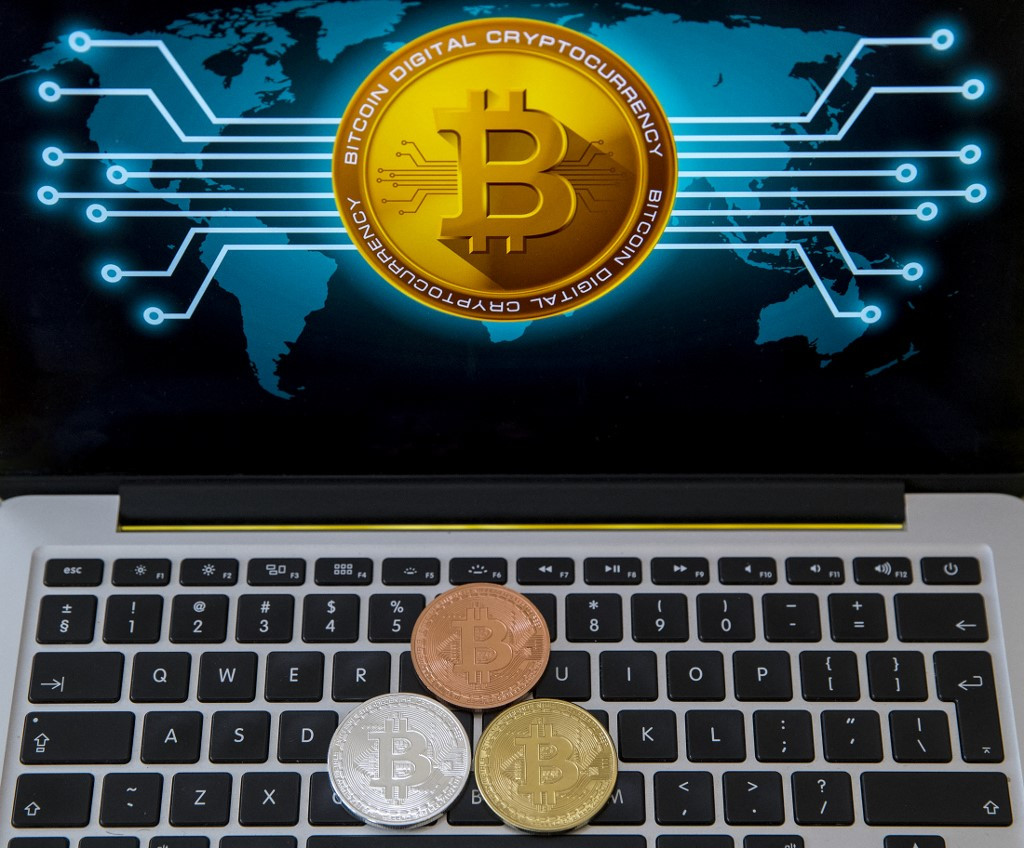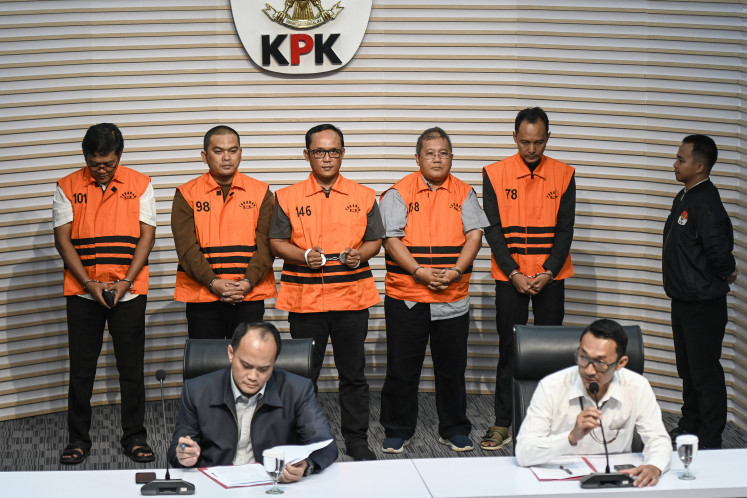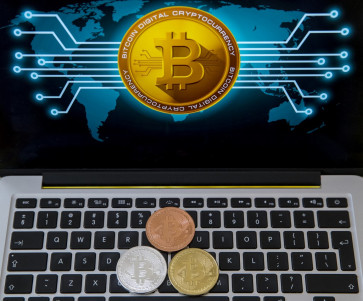Popular Reads
Top Results
Can't find what you're looking for?
View all search resultsPopular Reads
Top Results
Can't find what you're looking for?
View all search resultsCommon digital currency could revive ASEAN integration
A common currency could rekindle the ASEAN vision and facilitate cross-border trade and investment within the ASEAN Economic Community.
Change text size
Gift Premium Articles
to Anyone
L
ong in the making, the ASEAN Economic Community (AEC) was formally launched at the end of 2015 – and nothing much has happened since. The decades-old vision for tighter political and economic integration in the region still stands, but obstacles to its realization remain profound, and contentious aspects of harmonization have been deferred.
Talk has since shifted to wider trade agreements that would include more than just the 10 ASEAN countries. Among numerous options considered in a highly politicized issue, the Regional Comprehensive Economic Partnership (RCEP) has come out on top.
The RCEP, which incorporates economic superpowers China and Japan, has sidelined the AEC. But it has by no means made the AEC obsolete, because the ASEAN vision has always been about more than free trade. It involves a harmonization of standards, the increased exchange of goods, capital and people, cross-border sectoral collaboration, deepening political cooperation and the promotion of an ASEAN identity.
With regard to the scope of its ambition, it resembles what used to be the European Community and has since evolved into the EU – except for one vital element: a common currency. Aside from the obvious benefits for cross-border financial transactions, use of the same money has become an element of shared cultural identity among populations in countries speaking different languages.
While the eurozone’s sovereign debt crisis around a decade ago has been cited as a reason for ASEAN to steer well clear of a common currency, one could point to its settlement with the exact opposite argument. The crisis forced leaders to sit together, hash out solutions and develop institutions to implement those solutions.
A common currency could rekindle the ASEAN vision and facilitate cross-border trade and investment within the AEC. Closer economic and political integration between the ASEAN countries would by no means detract from the purpose of the RCEP as a free trade pact. In the EU, a tighter integration of some countries within the trade block is known as the “two-speed Europe”. The same concept may work for the RCEP.
There is, of course, no one-size-fits-all monetary policy for countries of such different economic structure and development stage as, say, Singapore and Indonesia, and countries commonly resort to their central banks to solve specific problems affecting their economies or seek to devalue their currency to gain a competitive advantage.



















